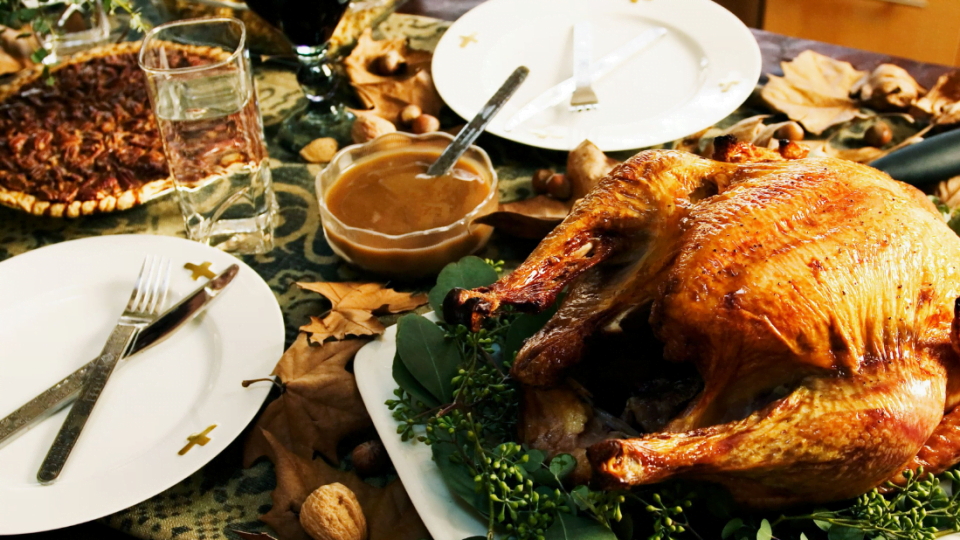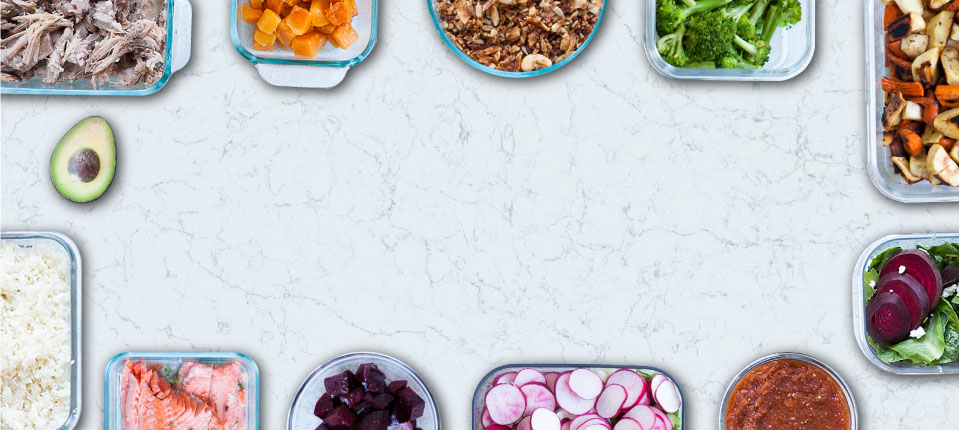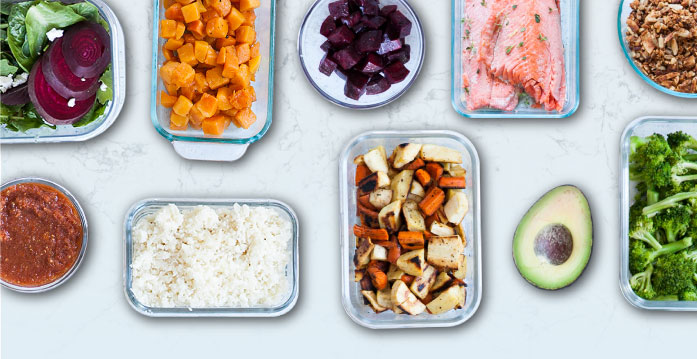Never had the family over for Thanksgiving? If you find yourself nervously thumbing through food magazines in a slight panic about the turkey — take a deep breath. That’s better. Now go ahead and scroll through our favorite tips for a perfect turkey that’s crispy on the outside and moist on the inside.
Yes, we mean the breast too.
Thanksgiving newbies and seasoned hosts alike will find that these three simple tips help to bring out the best in your bird. And hey, maybe you’ll even win a little applause and an extra slice of pumpkin pie.
Before we dive in, a couple notes on buying your turkey: If you can, buy fresh rather than frozen. A frozen turkey isn’t the end of the world, but it may lose a little more moisture during its cook time than an unfrozen bird.
And if you can, shop for pasture raised. A bird feeding outdoors on forage will not only taste better and be better for you, but it will leave a smaller carbon footprint. Which is sort of like giving thanks to the planet, dontcha think?
Be different — spatchcock your bird
Breast meat is lean and notorious for arriving at the table dry and overcooked. The solution to this problem involves removing the wishbone from your turkey, cutting out the backbone with a solid pair of kitchen shears, and then pressing down hard to break the breastbone.
What you’re left with is a relatively flat turkey that will cook evenly.
In order to ensure a perfect cook, use a meat thermometer. You want the breast to read 150F and legs to read 165F. When checking the temperature for breast meat, take it from the tenderloin along the ribs — in other words, go deep.
One potential problem with a spatchcocked turkey is that you cannot stuff it. Legs splayed and breasts laid flat, it also doesn’t make for a traditional presentation. You can get around this by using a cleaver to remove whole legs and slice the breast meat into medallions. Then arrange your turkey on a plater. Voila.
To baste or not to baste? It’s personal
When you baste meat, you pour drippings or fat over your meat as it cooks. This step can add flavor and color. But when it comes to skin-on fowl like chickens and turkey, basting does NOT keep breast meat moist. Fat and drippings simply roll off the skin and back into the pan.
Why you may want to baste: Color. If you’re basting with fat, this can help give your turkey that delicious brown glow. If you baste with some sort of water-based marinade, this will add flavor but get in the way of browning.
Why you may not want to baste: See above. Also, if you decide to go ahead and spatchcock your turkey, there’s really no need to baste and it’s an extra step that you may want to skip. Because you can.
For die-hard basters, begin basting after the first hour of cooking.
A kitchen hack for extra crispy skin
Crispy on the outside, moist on the inside. It’s the stuff thanksgiving dreams are made of.
So, how to turn those dreams into reality?
For extra crispy skin, we suggest two things: A salty dry rub and liberal amounts of butter (or ghee or duck fat, based on what your diet allows).
Salt draws out moisture, forms a concentrated liquid brine, which begins to break down muscle proteins. This allows the meat to reabsorb juices, which are now slightly salty. Note: A salt-only dry brine is good for a wide range of meat, helping to lock in moisture.
And if you want to add more texture to any meat — whether it’s turkey skin or strips of steak — add baking powder. Baking powder creates bubbles in the meat, which hardens while cooking and gives you that crispy crunch.
To dry brine a 10 – 15 pound turkey, combine two tablespoons of salt with one tablespoon of baking powder. Then season the entire bird. Be sure to get under the skin, around the wings, and around the legs. Wrap the turkey in plastic wrap or cheesecloth and store in the refrigerator overnight and up to three days.
As for butter: Once you’re ready to roast your turkey, it’s time to put together the fat that you will be stuffing under the turkey skin. Michelle Tam at Nom Nom Paleo likes to mix butter with a festive blend of fresh herbs like sage, thyme, and rosemary. An herb butter or fat of your choice helps to brown the turkey and keep it moist.
When rubbing your turkey down with fat, be sure to stuff it under the skin and massage it over the breast, legs, and wings.


